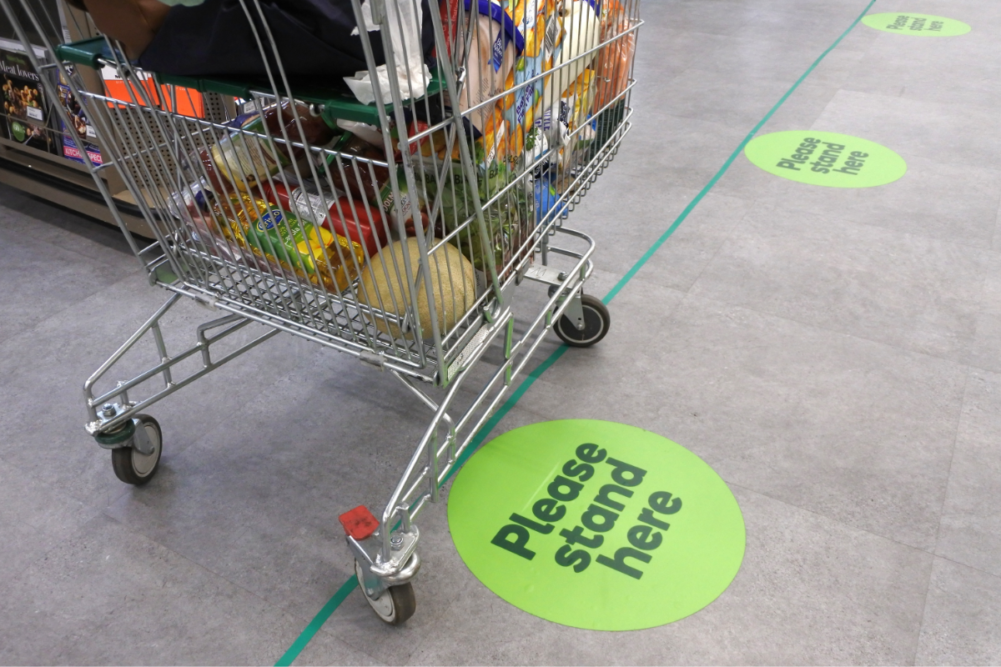LOS ALTOS, CALIF. - In Placer.ai’s most recent analysis of shopper trends in the grocery industry, data shows visits are up, shopping times are shifting, and trip duration is going up, but frequency is going down.
The week starting Aug. 17, the overall grocery industry was still down 5.3% overall in shopping trips. However, much of this was the result of a few outliers that were still seeing significant declines. Of the eight brands analyzed by Placer.ai, only three saw year-over-year declines in August.
While two of those, Wegmans and Sprouts, were within a short distance of year-over-year growth (-1.6% and -5.5%, respectfully), Whole Foods was still down 22.5% year-over-year in August, although that’s still a recovery from previous months.
“Periods of economic uncertainty are often defined by a return to grocery, and with traditional supermarket brands already seeing a boost during the pandemic, there is no reason to expect this trend to tail off anytime soon,” said Ethan Chernofsky, vice president of marketing for Placer.ai.
Placer.ai also found that while the number of visits per specific shopper in July and August 2020 were down by 2.4% year-over-year across the eight brands, visit length actually increased by 4.8%, suggesting that while shoppers are taking fewer trips, they are being more intentional with their visits.
“Mission-driven shopping is pushing visitors to take slightly less trips, but to dedicate more time and buying potential to each visit,” Chernofsky said. “With this likely leading to increases in basket size, the combination of growing visit rates and increased time in store could be a potent mix for grocery in the coming months.”
Over July and August, store visits between 6 – 9 a.m. and 9 a.m. - 12 p.m. increased significantly year-over-year and evening visits are dropping. This is a pattern that began forming in spring 2020.
But not all of the shifts observed in the spring have lasted. In the spring, Monday through Thursday shopping days increased as weekend trips decreased, but in July and August Fridays saw an increase and weekday visits dropped. For the group, Friday visits jumped from 14.2% of total visits in 2019, to 15.9% in 2020 – the most significant overall shift.
“The biggest takeaway from the latest grocery analysis is that the sector is continuing to show a unique level of strength,” Chernokfsky said. “Visits are rising as is visit duration even though loyalty metrics are staying stagnant if not dropping. This means for new visitors, likely making more purchases per visit – a recipe for an exceptionally strong period for supermarkets. And with many of these shifts likely to sustain because of an extended period of economic uncertainty, grocery could remain among the most exciting sectors to watch in the months to come.”

